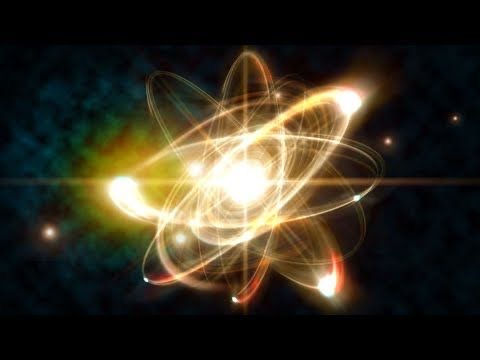Massive fusion: the study revealed evidence of the origin of a supermassive black hole in the center of the galaxy!
- Юджин Ли
- May 15
- 2 min read
Updated: Jun 19

The origin of the aptly named supermassive black holes, which can weigh more than a million times the mass of the Sun and be located in the centers of most galaxies, remains one of the greatest mysteries of the cosmos.
Now researchers from the Nevada Center for Astrophysics at UNLV (NCfA) have found convincing evidence that a supermassive black hole in the center of our Milky Way galaxy, known as Sagittarius A* (Sgr A*), is probably the result of a past cosmic merger.
The study, published on September 6 in the journal Nature Astronomy, is based on recent observations of the Event Horizon Telescope (EHT), which made the first direct image of Sagittarius A* in 2022. EHT, the result of global research collaboration, synchronizes data from eight existing radio observatories around the world to create a huge virtual telescope the size of Earth.
UNLV astrophysicists Ihan Wang and Bin Zhang used EHT observational data for Sgr A* to find evidence of how it could have formed. It is believed that supermassive black holes grow either by the accretion of matter over time or by the fusion of two existing black holes.
The UNLV team investigated various growth models to understand the peculiar rapid rotation and displacement of Sagittarius A* relative to the angular moment of the Milky Way. The team demonstrated that these unusual characteristics are best explained by a major merger event involving Sgr A* and another supermassive black hole, probably from a satellite galaxy.
"This discovery paves the way for our understanding of how supermassive black holes grow and develop," said Wang, lead author of the study and NCfA postdoctoral researcher at UNLV. "The shifted high spin of Sgr A* indicates that it may have merged with another black hole, dramatically changing its amplitude and rotation orientation."
Using complex modeling, the researchers simulated the consequences of the merger, considering various scenarios that correspond to the observed spin properties of Sgr A*. Their results show that a fusion with a mass ratio of 4:1 and a highly inclined orbital configuration can reproduce the spin properties observed with EHT.
"This merger probably took place about 9 billion years ago, after the merger of the Milky Way with the Gaia Enceladus galaxy," said Zhang, a prominent professor of physics and astronomy at UNLV and founding director of NCfA. "This event not only confirms the theory of hierarchical merger of black holes, but also gives an idea of the dynamic history of our galaxy."
Sgr A* is located in the center of the galaxy at a distance of more than 27,000 light years from Earth, and sophisticated tools such as EHT provide direct imaging that helps scientists verify predictive theories.
The researchers say that the results of the study will be important for future observations with the help of future space gravitational wave detectors, such as the laser interferometer space antenna (LISA), which is scheduled to launch in 2035 and which is expected to detect similar supermassive black dots. fusion of holes in the universe.


















Comments